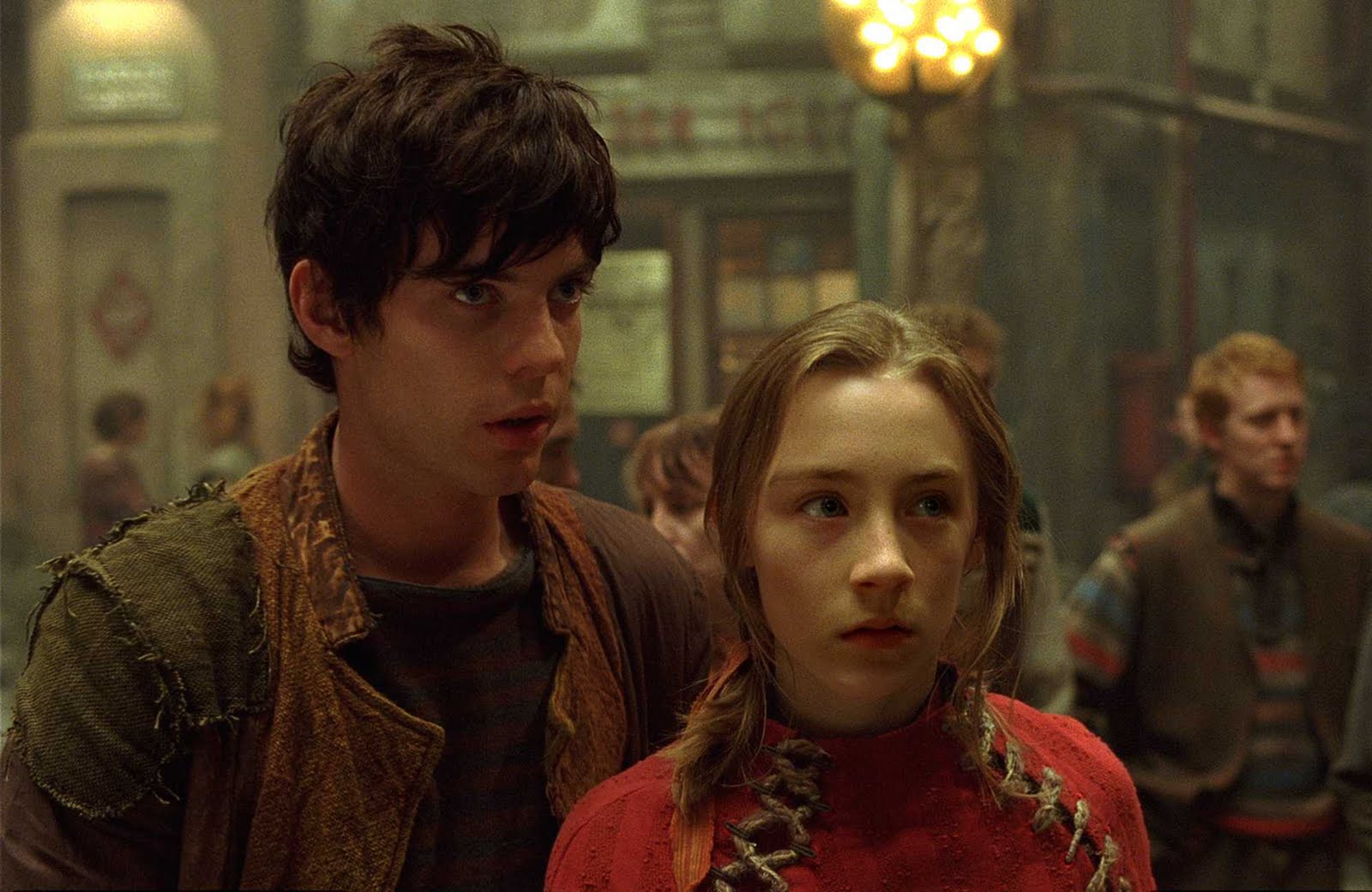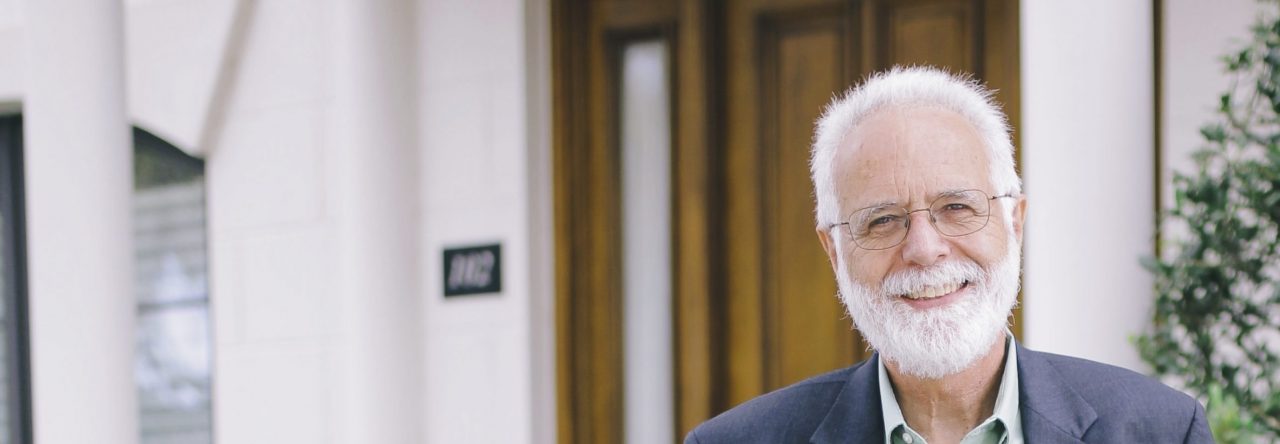The family/sci-fi/fantasy adventure City of Ember is set in a civilization which had existed underground for over 200 years, founded when life on the surface of the earth could no longer be sustained. The builders had designed the city to last no more than 200 years, assuming that to be sufficient time for the surface to restore viability. But after the lapse of 200 years, through negligence, corruption, and mistaken ideology, life on the surface had been forgotten, and it was assumed that there was no way out of Ember. At the same time, the planned obsolescence built into Ember was beginning to take its toll.
Ember is a deteriorating society in a seemingly closed universe longing for rescue. The metaphoric possibilities in such a scenario are colossal. Who will rescue the trapped and doomed residents of Ember? Who will rescue us?

Don’t think that I sit watching a movie ruminating the whole time about it’s world view implications. I really can and do enjoy a good story well told, and enjoyed this one last Sunday night.
To whom can we turn for rescue? Two institutions are shown to be impotent in the hour of Ember’s need. Government is corrupt and religion is irrelevant. The burden of deliverance rests then upon the individual, individuals with vision and confidence.
This is the typical American myth, isn’t it? That if something needs doing, we need to do it ourselves.
I think there is a great deal of truth underlying this myth. Deliverance often comes down to a person or a group of people with vision sufficient to see beyond a crisis and courage to take the right steps to move toward a solution. Governmental and religious institutions are often ill suited to do what needs doing.
An example: On Monday, America acknowledges the leadership and courage that Dr. Martin Luther King brought to the struggle of Black American’s to achieve some modicum of freedom long promised. He is one example and one need not look hard to see others.
One cannot know fully what was in the mind of the makers of this film. Typically the exploration of such a myth places all the glory upon the human instrument of deliverance. My vision is broader. I believe that like Esther God raises up men and women for times such as these. And at times these whom God raises up step to the fore self-consciously in the service of the one who has raised them up.
Even in Ember, two courageous teens, who pioneer a way out of destruction, cannot do so without a challenge, encouragement, and word of instruction from those who built the city. Someone from outside reaches in to guide them in their deliverance. Their universe is not so closed after all.
Neither is ours.
